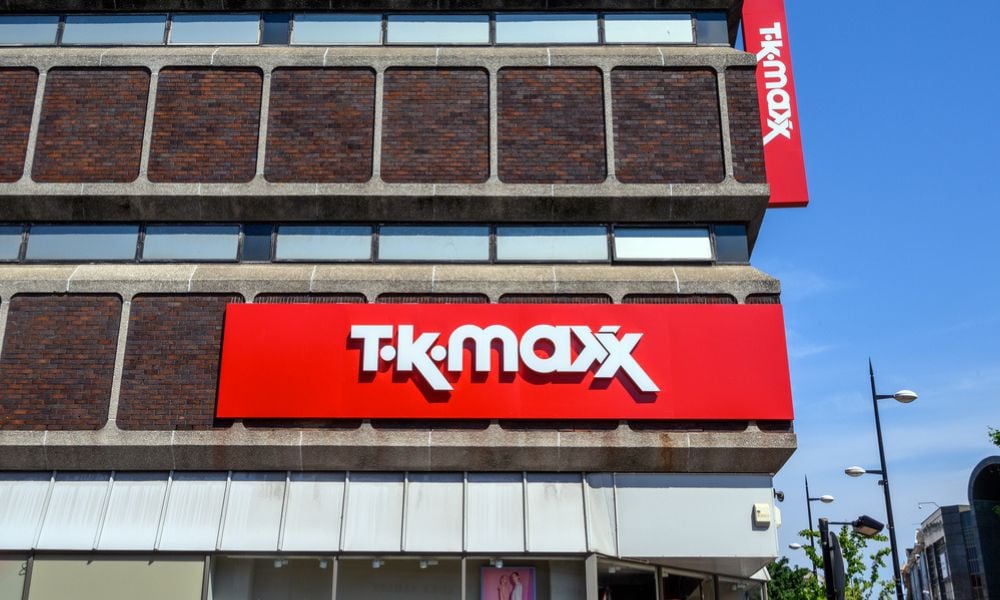With an ageing population, skills shortages and changing generational preferences, employer branding is playing an increasingly important role in attracting and retaining star performers in a talent-tight market. Craig Donaldson reports
With an ageing population, skills shortages and changing generational preferences, employer branding is playing an increasingly important role in attracting and retaining star performers in a talent-tight market. Craig Donaldson reports
Employer branding has often been seen as the domain of companies such as Virgin, McDonald’s or Google. More organisations are starting to make inroads into building and creating a good employer brand, however, living up to the brand is often easier said than done.
The global thirst for knowledge has seen an increased demand on companies to source quality talent, according to Peter Sharpe, CEO of HMA Blaze. “Now, and even more in the future, employers will have to compete for candidates in a much more visible and engaging way via an employer brand. The key to a successful employer brand is one that aligns with the company’s corporate values and most importantly, delivers on its promise,”he says.
Kevin Lodge, group general manager of employment marketing communications at Adcorp, also says there is momentum building in Australia, in response to talent shortages and generational changes, as employers realise they have to understand and communicate their employer brand to compete in the candidate marketplace.
A recent survey found that employer branding plays an important role in attracting and retaining talent in the face of a shrinking talent pool. HR professionals are considered primarily responsible for employer branding initiatives, with 79 per cent of companies reporting HR as one of the key stakeholders in employer brand management.
Conducted by the Bernard Hodes Global Network in conjunction with Adcorp, the survey also found that 48 per cent of companies across Australia and New Zealand plan to implement formal employer branding programs within five years (compared to 57 per cent globally). Of those companies that already have employer branding initiatives in place, however, 75 per cent of companies do not measure their employer brand values in terms of staff recruitment and retention (in Australia and New Zealand this figure was even higher at 84 per cent). As such, the move to measure investments in employer branding is a clear trend, according to Lodge.
Working with marketing
While employer branding is predominantly seen as the domain of HR, marketing also plays an important role. In a 2003 Economist survey into employer branding, respondents who had HR as the major part of their job function (59 per cent) said that employer branding is too important to be left solely to a HR department. In fact, 15 per cent of respondents felt that responsibility for the day-to-day management of the employer brand lay with the CEO or MD.
As such, Sharpe says a team approach to sourcing quality research is important. “Really pinpoint what attracted staff in the first place and keeps them excited about their future careers. Staff surveys or focus groups are a great starting point for identifying key attraction and retention points of difference.” Results should highlight some unique selling points of an employer, and from this, marketing and HR can develop a employer value proposition – a unique employer brand promise that is lived and breathed everyday by existing employees, he says.
If HR needs to convince marketing, which often has the discretionary budget, Lodge says the story is simple: “The best form of marketing is from their own people – get everyone singing from the same hymn sheet and a significant part of the marketing battle is won. Stronger employee engagement leads to higher revenue, profit margins and overall ROI.”
A 1999 UK Institute of Employment Studies report found that an increase in one point in employee commitment (on a five point scale) delivered a 9 per cent increase in sales, according to Lodge. “In the case of service brands in particular, it is recognised that customer satisfaction and loyalty is closely related to the expected and perceived behaviour of employees, which in turn is directly linked to employee engagement,” he says.
Leading by CEO example
One of the main challenges HR professionals have in delivering on employer brands is getting CEOs to drive a culture that reflects the brand internally. Ideally, Sharpe says the culture comes first and the employer brand is not only supported and fostered by management but is allowed to champion the positive cultural values internally. “It’s a closed loop process that should constantly improve its communication with all employees. The culture and its visible employer brand should inspire each other as they grow and mature,” he says.
The Economist study also showed that 36 per cent of Asia Pacific respondents saw increased profitability as an expected benefit of development of employer brand. “What CEO doesn’t want an improved bottom line?” Lodge asks. “If, as it should, employer branding reflects the reality of working for an employer (rather than what the employer thinks it’s like), then there are obvious advantages in terms of recruitment and retention in having the employment market (employees and candidates) understanding the brand.”
A co-ordinated approach to developing and managing an employer brand can make external and internal communication consistent and can help the HR, marketing and communications divisions function more efficiently together, he adds. When the CEO is not on board, Lodge’s experience is that an employer branding exercise will not be anywhere near as effective.
Overcoming and dealing with challenges
A common challenge for HR professionals is championing the employer brand separately from the corporate brand, according to Sharpe. “It’s voice, messages and mediums need their own space and budgets to work well. Convincing the powers that be of this can often be difficult, but when a competitor starts luring away your best talent with compelling employer brands, the value becomes more evident,”he says.
Another challenge is justifying the return on the investment, he adds, as HR departments are traditionally viewed as cost centres rather than a profit-generating function.
There are a number of steps HR can take to overcome such challenges. With support from marketing, Sharpe says HR can drive home the long-term benefits of the employer brand. There are many studies and statistics that quantify the value of employer branding and the significant impact it can have, including improved staff retention, reduced recruitment costs, improved morale and increases in productivity, he says.
“Always give CEOs/executives a sense of ownership over the process – keep them involved at all stages. Also, do your research. Check out competitor websites and recruitment media. Does your employer brand stand up in this competitive environment? These questions should be asked at the highest level of an organisation.”
Measuring the effectiveness of employer branding
Measuring hard returns on investments in employer branding has traditionally been hard for organisations. However, as employer branding initiatives mature and become more refined within companies, Sharpe says improved results can be measured in a number of areas, including traffic to career sites, size and quality of response to role advertising, staff retention rates, recruitment costs and staff morale levels.
“Just measuring employee turnover and costs against revenue will not cut it anymore. A more sophisticated way of measuring an employee’s ROI will be required that measures effectiveness and performance against the investment of the employer brand – a new challenge for HR professionals,” he says.
Companies may also notice improvements in perceptions as an employer (via internal and external surveys) and improvements in employer of choice rankings, Lodge says.








